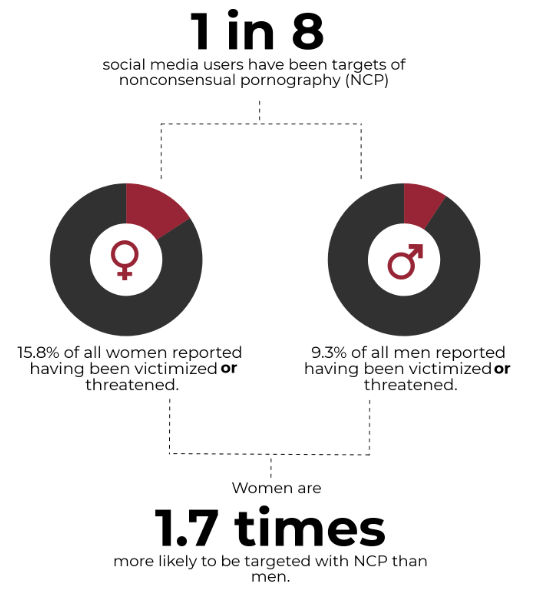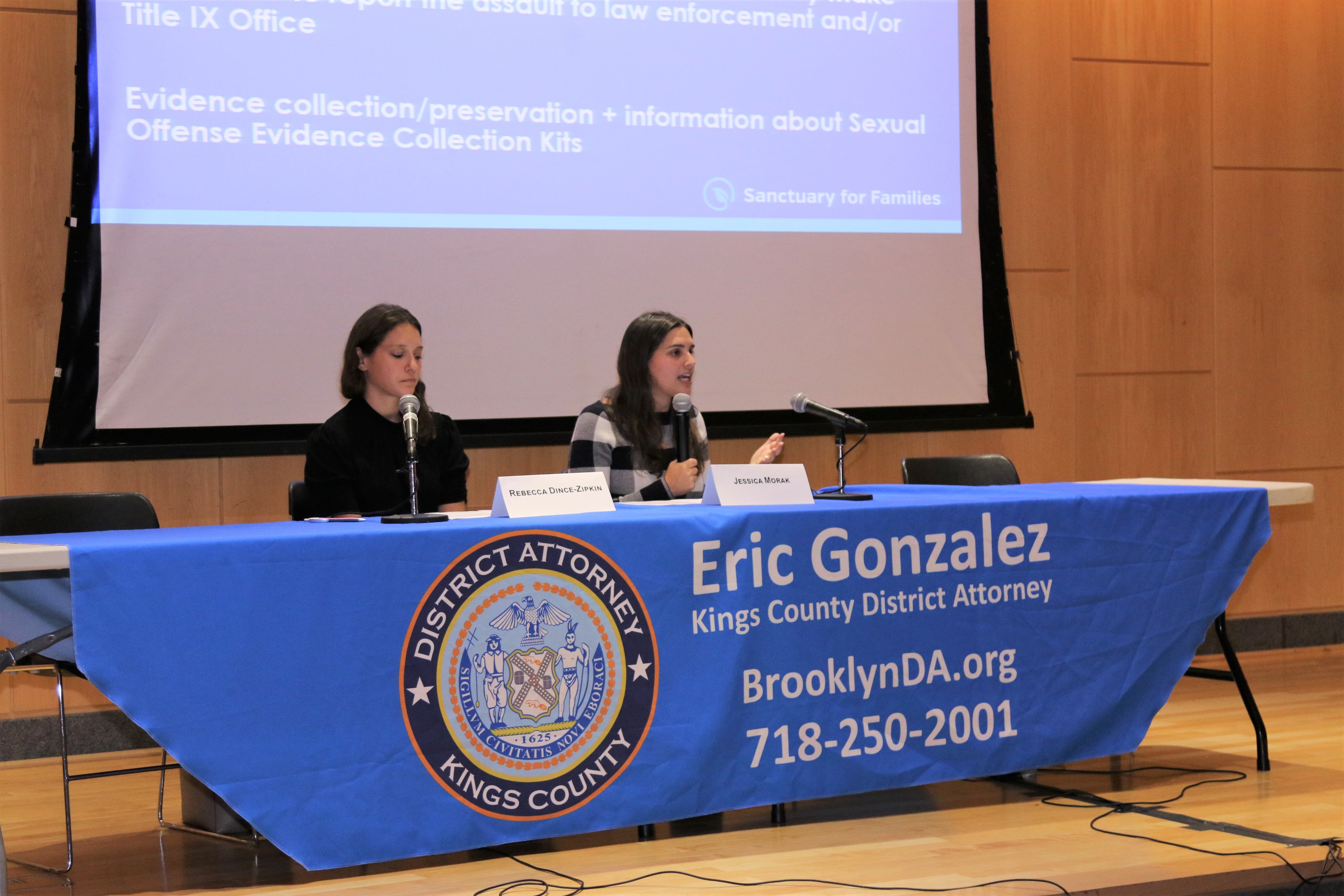What to Expect at Trial
Being a victim of a crime can be a traumatic and confusing experience. If a case is brought against your alleged perpetrator in Criminal Court, it’s not uncommon to feel overwhelmed, scared or anxious. Understanding the court process can help you to feel more comfortable participating in the justice system.
Does every case go to trial?
No. The majority of cases do not go to trial. In fact, most cases are resolved by a plea of guilty. If a case does go to trial, a jury of everyday citizens will decide the verdict. A guilty verdict is never a guarantee. Additionally, the process itself may cause both emotional and mental stress on the victim. Thus, a careful analysis is done in each case to assess whether the case should be taken to trial or whether a plea agreement should be reached.
What happens if a case goes to trial?
The Assistant District Attorney (ADA) assigned to the case will have likely already discussed this case at length with you as part of their initial and ongoing investigation. It can take many months, even over a year in some cases, for the case to reach the trial phase. Once the case is ready to go to trial, the ADA will reach out to witnesses and schedule a convenient time for trial preparation. It is important to remember that when a trial starts, witnesses need to be flexible with their schedules.
What kind of support is available to victims during the hearing and trial process?
The Brooklyn DA’s Office has a team of caring and compassionate social workers and advocates who are available to provide support throughout this process. They are known as the Victim Services Unit (VSU). They are experts in this field and will be able to provide not only guidance and emotional support, but also practical support, such as helping you file a claim to help cover costs resulting from being the victim of a crime, including but not limited to medical bills, counseling expenses, burial and funeral costs, and lost wages.
What can I expect if I am asked to testify during a trial?
There are three major components to testifying: Preparation, direct examination and cross examination. To prepare you for testimony, the ADA who will be trying the case will schedule an appointment for you to come into the office. Additional appointments are scheduled when necessary. During that time, the ADA will let you know what questions they anticipate asking you on the witness stand and what questions to expect from the defense attorney on cross examination. If there are any questions you don’t understand, or don’t know the answer to, that’s okay. Just let the ADA know, so that they can clarify their questions.
On the day that you’re scheduled to testify, you will be asked to wait outside the courtroom (usually in a witness room or at the DA’s Office), until the court is ready to hear your testimony. This can take some time, so come prepared to spend the day (i.e. bring reading material, a phone charger, snacks, water).
Once called to the witness stand you will be asked to take an oath to swear to tell the truth. This is referred to as “testifying under oath.” After you have been sworn in, the ADA will begin their questioning. This is called direct examination. Direct examination is an opportunity for the ADA to elicit testimony about what happened and submit any relevant evidence for the jury’s consideration.
Once the ADA has completed their direct examination, the defense attorney will begin their questioning. This is called cross examination. Cross examination is an opportunity for the defense attorney to ask you questions about what happened. After cross examination, the ADA will be permitted to ask you follow up questions if needed. This is called re-direct examination.
There are many rules of evidence that dictate what questions attorneys are permitted to ask witnesses. For example, you may want to tell the jury about something that happened before or after the incident occurred, the Judge will have to rule on whether it is relevant and/or permissible. In addition, the Judge may also ask you questions for clarification during your testimony.
What are some courtroom rules or guidelines that are important to be aware of during a trial?
Basically, follow the Judge’s instructions. Only answer the questions you are asked. Sometimes an attorney will object to a question. You must not answer that question until, and only if, the Judge “overrules” the objection. If the judge “sustains” the objection, you are not permitted to answer it. Try to speak clearly and project your voice so that you can be heard. Take your time and remember to breath. Remember that attorneys are human too, so they may incorrectly phrase a question. If you don’t understand a question being asked, simply let the court know and the attorney will rephrase the question. Once questioning by both the ADA and defense attorney is completed, the Judge will excuse you and you may leave the courtroom. Witnesses who have not yet testified are not permitted to observe the trial. This is to prevent a witness from being tainted by another person’s testimony. You also may not be permitted to sit in the courtroom after you’ve testified if there’s a chance you may be called to testify again.
Who will be in the courtroom?
One of the most common questions we get is “will the person who did this be there?” That is a good question, and the answer, in almost all cases, is yes. That is because each person accused of a crime, referred to as the defendant, has a Constitutional right to confront the witnesses against them. They will be seated at a table with their defense attorney. There will also be court officers to maintain safety and decorum both in the courtroom and in the courthouse. In addition, there will be a jury, seated in rows of seats next to the witness stand. There will be a court reporter transcribing everything that is said. There will be other court staff such as the Judge’s law secretary and court clerk. The ADA will be there and of course, the Judge, who will be presiding over the trial.
Finally, all courtrooms, unless ordered sealed by the Judge, are open to the public. Thus, sitting in the pews will be other people which may include family members and friends, other people who have cases on that day in that court, attorneys, law enforcement or members of the press.
Can I have anyone in there to support me when I testify?
Yes. You can have members of your family or friends present in the courtroom. In addition, if you choose, a counselor from VSU can accompany you to and from the DA’s Office and can be present in the courtroom when you testify.
What happens after the trial has ended?
After the ADA has called their last witness, they will “rest” their case. The defense can then present a case and call witnesses to testify. The defendant can also testify if he or she so chooses. Once the defense has called all their witnesses, they will also “rest.” Then both the ADA and the defense attorney make their closing arguments. This is known as summations. The Judge then charges the jury on the applicable laws. The jury is then sent to a private room to begin deliberations. There is no set time that a jury has to deliberate; they can take as long or as little time as they need. During that time, they may ask for testimony to be read back to them or to see items that have been admitted into evidence. Once the jury reaches a verdict, they send a note to the Judge. The case is re-called in the court part and the verdict is rendered or read out loud.
There are three possible outcomes. If the jury is unable to reach a unanimous decision, the jury is considered “hung” and a mistrial is declared. If this happens, the case can be re-tried at a later date before a new jury.
If the jury finds the defendant not guilty, then all the charges are dismissed and the case is sealed. The defendant is then free to leave. If the defendant was being held in jail on bail, the bail will be exonerated and the defendant free to leave unless they have holds on other criminal matters. If there was an order of protection in effect, that order is no longer valid. However, VSU counselors are still available to work with the victim to help safety plan and look for civil remedies when appropriate.
If the jury finds the defendant guilty, the case will be adjourned for a sentencing date. On that date the Judge decides what the sentence should be and sentences the defendant. This will be based on strict sentencing guidelines that determine the minimum and maximum sentence a person can receive based on the type of crime they’ve been convicted of and their criminal history. In some cases, a victim may choose to give a victim impact statement. This is an opportunity for the victim to tell the Judge and the defendant the impact their criminal actions had on their lives.
Regardless of the outcome of the trial, VSU and the assigned ADA are available to answer any questions and to help a crime victim access services. Keeping victims safe and informed is of utmost importance to the Brooklyn District Attorney. We will do our best to make this process trauma informed and manageable.
Tracey Downing is a Deputy Bureau Chief in the Domestic Violence Bureau, where she is responsible for supervising the prosecution of cases in the Integrated Domestic Violence Court. Previously, she handled serious felony domestic violence crimes as Senior Trial Attorney in the Domestic Violence Bureau and was the designated point person for all domestic violence crimes relating to strangulation. Tracey also provides training to law enforcement, attorneys, advocates and medical practitioners on strangulation, trauma-informed interviewing, nonconsensual pornography and stalking.










